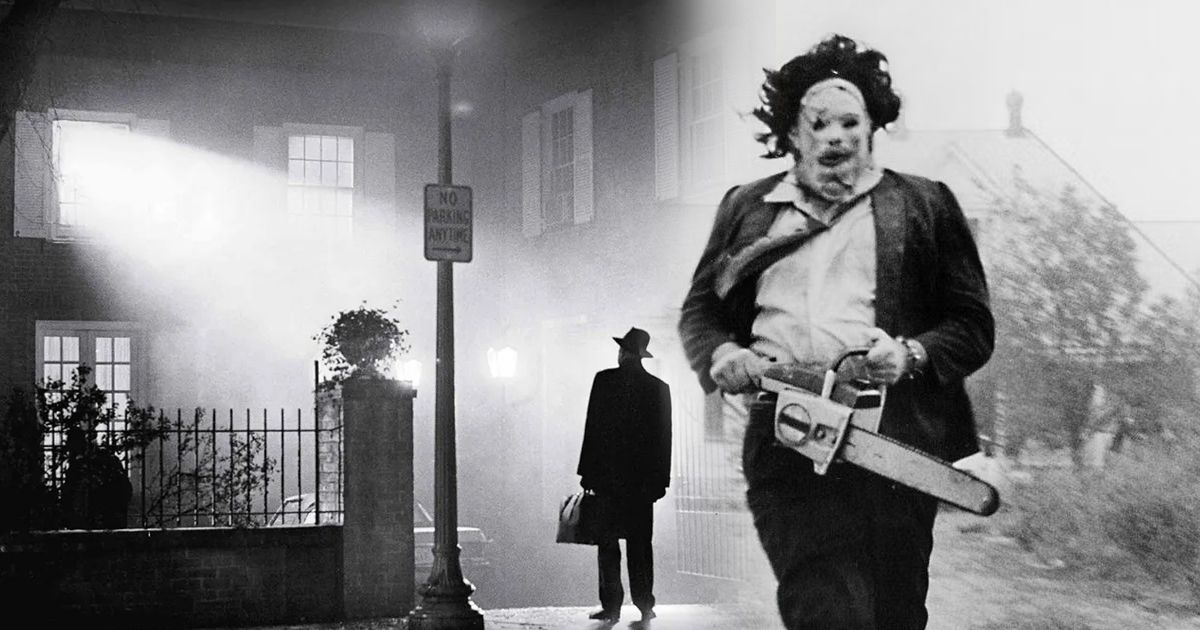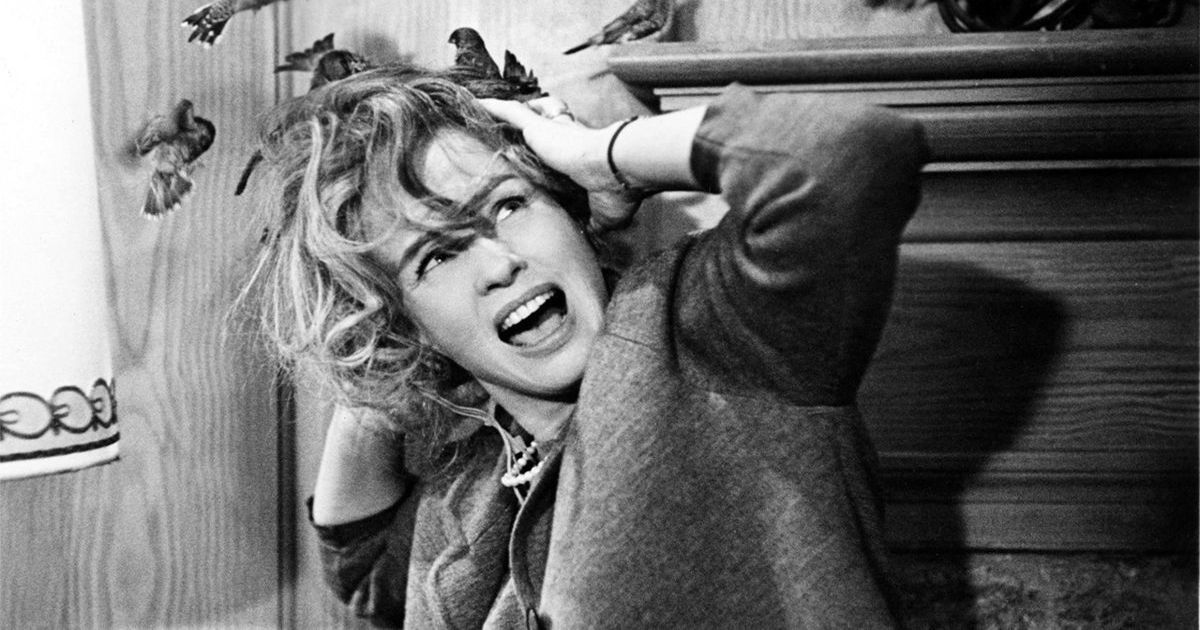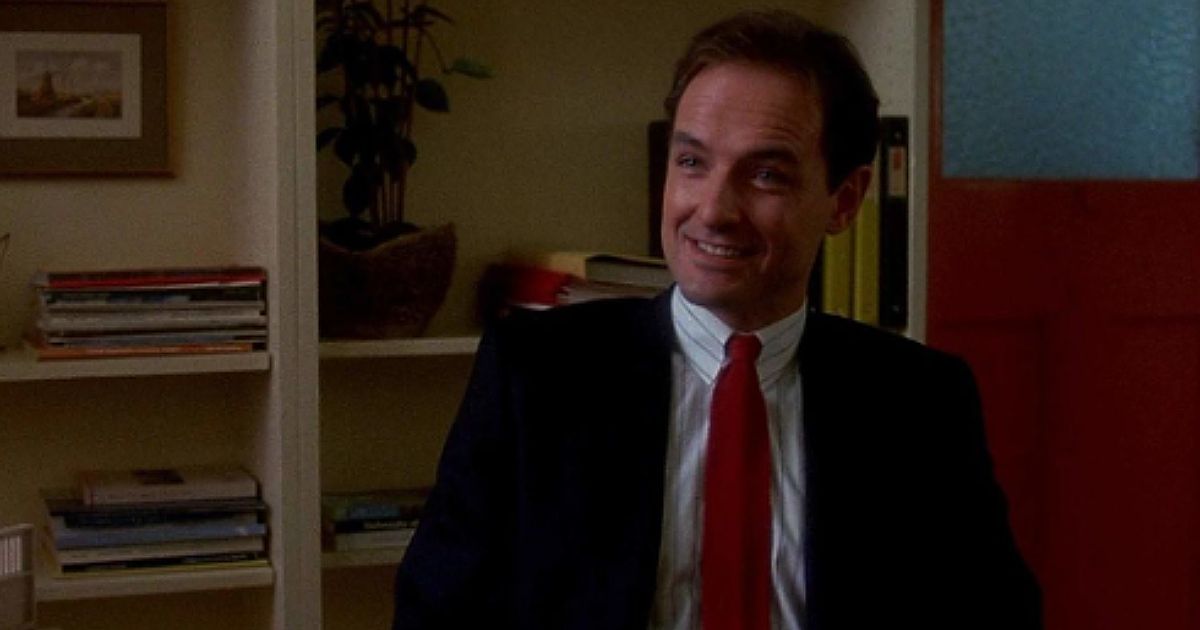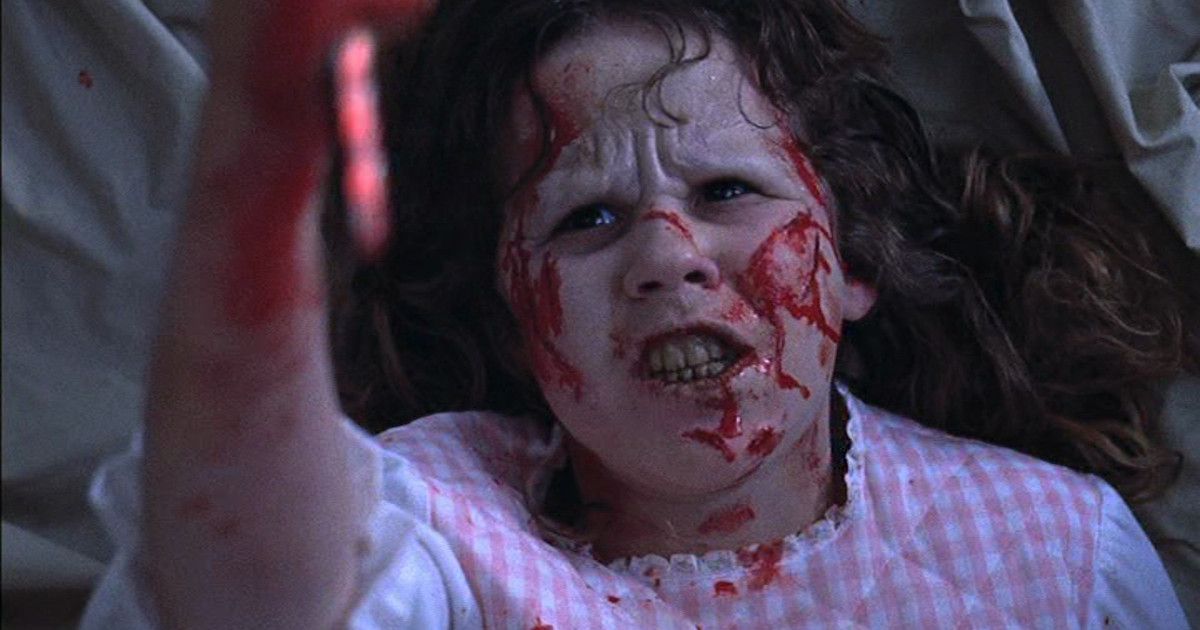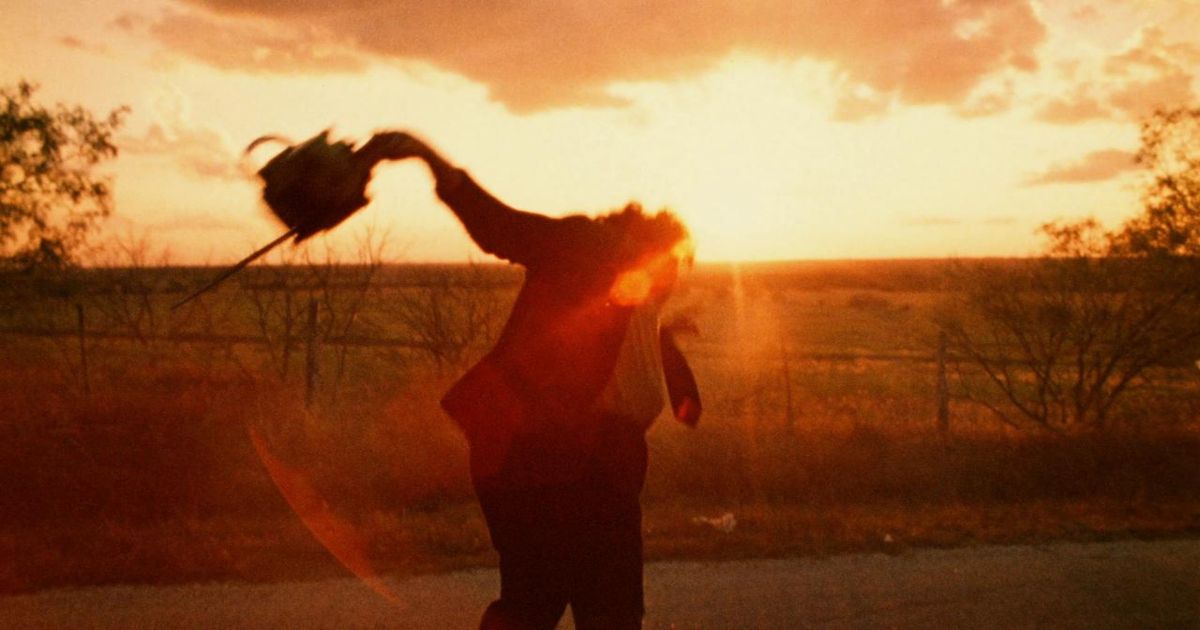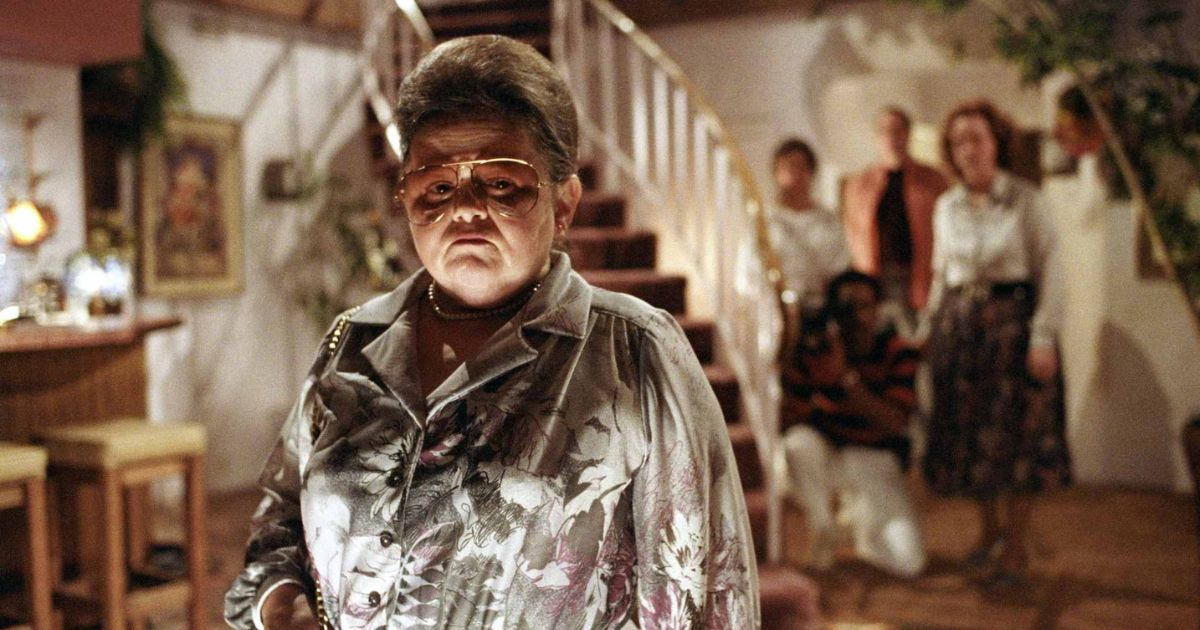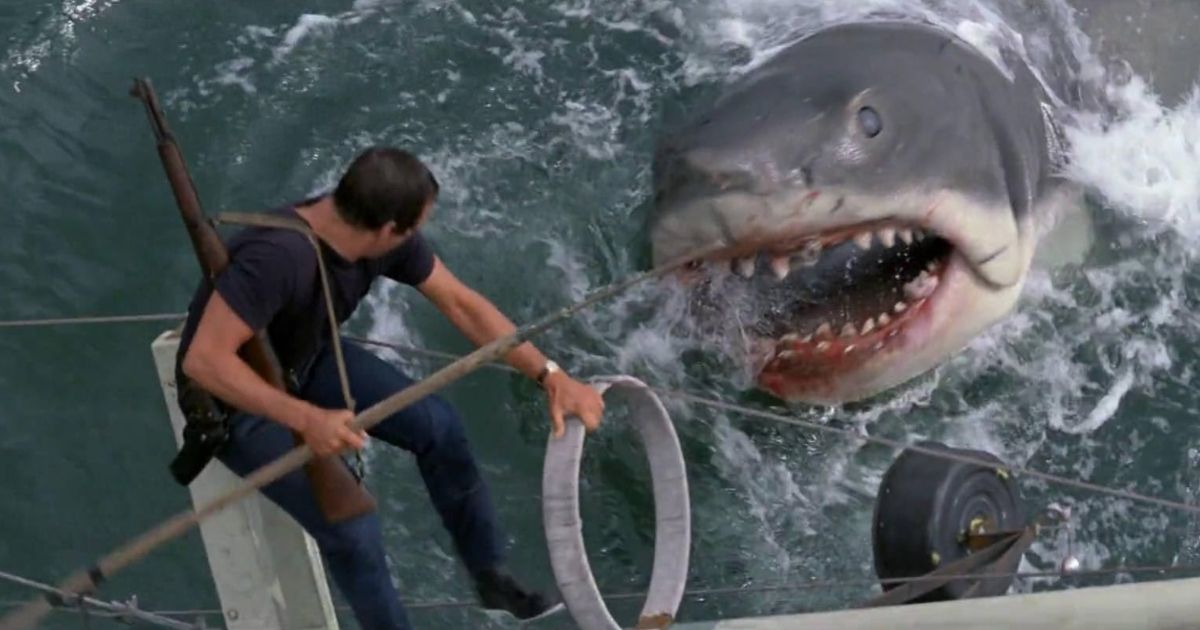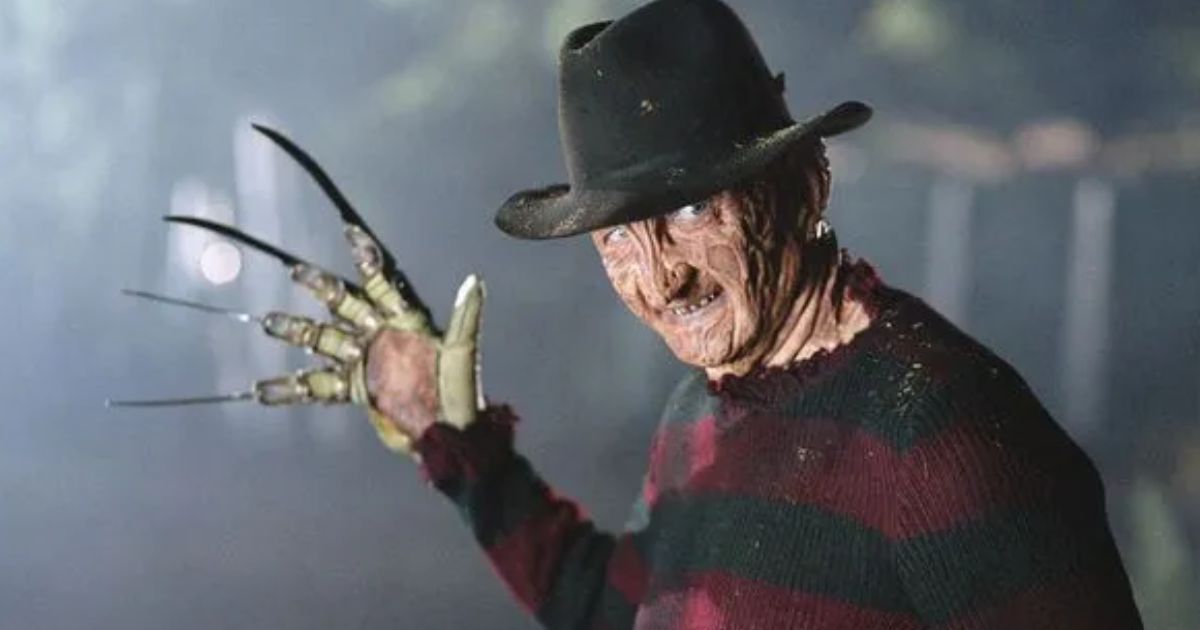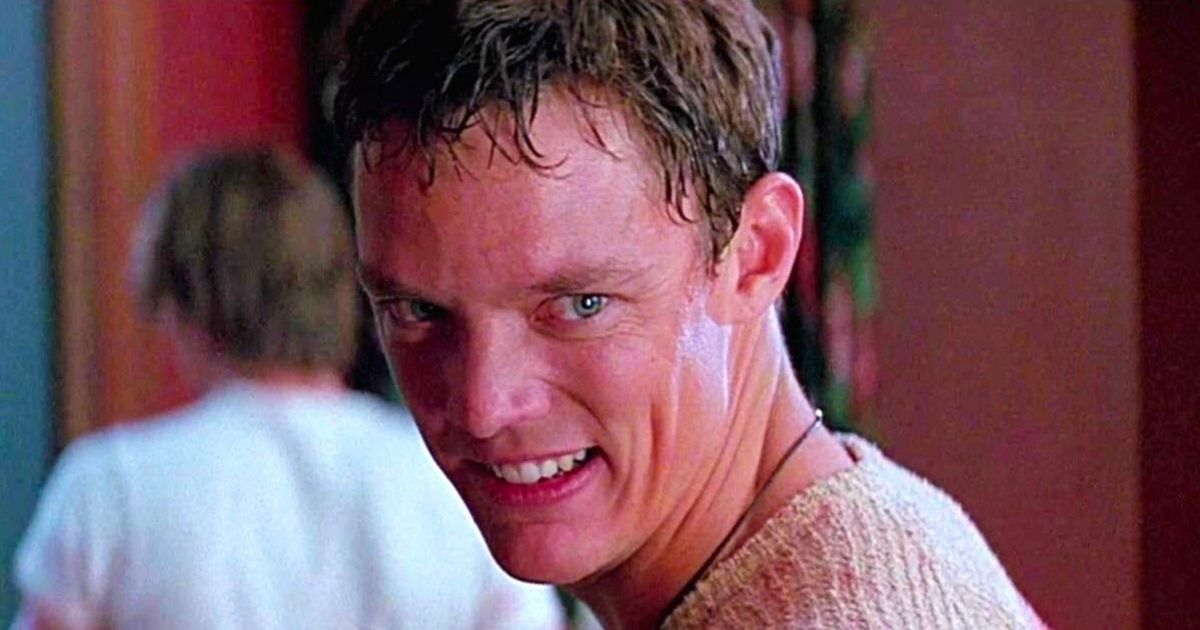Behind every great film, there is true inspiration. Nothing is scarier than real life, and sometimes the monsters under your bed aren’t as make-believe as you remember. Horror pulls from the imagination — that’s no secret. Ghosts and spirits roam the attic, while werewolves and goblins own the forest. It all seems so out of reach, but is it really?
Throughout history, there have been events and true crimes that have been so heinous and unbelievable that one may think that it was made for the big screen, but some directors dared to do it. Here are ten horror classics based on true stories.
The Birds
Legendary director Alfred Hitchcock's 1963 horror-thriller The Birds revolves around a series of bizarre and violent bird attacks that take place in a small town in Northern California. The film is loosely based on a short story by acclaimed English novelist Daphne du Maurier, who was inspired to write the work after witnessing a flock of gulls attack a farmer in his field. While this is a vivid and harrowing image, it's not exactly an interesting story on which to base a whole film. This is why Hitchcock turned to another, more fruitful, source of inspiration when he came to make his film.
In 1961, the California seaside town of Capitola became host to some truly horrific scenes. One morning, the residents awoke to discover birds crashing into buildings and cars, as well as attacking people. Eight individuals were reported to have been bitten. It wasn't until years later, that the reason behind the strange behavior was found to be toxic algae, which the birds had consumed and were driven crazy by. The film eschews this explanation and instead keeps things ambiguous, which only makes it more haunting.
The Hills Have Eyes
1977's The Hills Have Eyes is an underrated classic horror film. Written and directed by Wes Craven, it follows the Carter family who, on their way to California, become stranded in the Nevada desert where they find themselves targeted by a group of savage cannibals. It's a gruesome film, filled with violent moments and disturbing images, but the true story it's based on is just as horrific.

Why The Hills Have Eyes Is the Scariest Movie of the 1970s
Wes Craven's The Hills Have Eyes is a horror cult classic and one of the scariest movies of the 1970s.When Craven set out to make a new horror film, he looked for inspiration at the New York Public Library, where he came across the Scottish Legend of Sawney Bean. It tells of a violent man in 16th century East Lothian by the name of Alexander "Sawney" Bean who developed a taste for flesh. Along with his wife "Black Agnes", a fellow cannibal, he retreated to a cave, had children and grandchildren through incestuous relationships, and survived by ambushing travelers, then killing them and eating them. It is said that Sawney's clan grew to be almost fifty-strong.
Craven must've thought he'd struck gold when he came across this story, and it's not hard to see why he thought it would make a good basis for a horror film. Though the film changes the setting and time period, it retains the general gist of the legend, which actually makes the horrifically dark film look rather tame by comparison.
The Stepfather
Slasher film The Stepfather stars Terry O'Quinn as a serial killer who finds himself a new wife with a teenage daughter, and finds himself giving into the temptation to kill them both, just like he killed his previous family. Dark, violent, and highly chilling, the film has gained a name for itself as a cult classic in the years since its release. Perhaps though, it would surprise people to learn that it was actually loosely based on a true story.
In 1971, seemingly normal family man John List shot to death his wife, his mother, and his three kids all in the space of one afternoon. After disposing of the bodies, List left a letter to his pastor which claimed that he had seen too much evil in the world and that he wanted to spare his family from it and save their souls. He then relocated, took on a new name, got a job, and joined a church, before remarrying. It was 18 years before List was finally caught, by which point he'd made a completely new life for himself. Though The Stepfather alters a lot of the details and puts the focus on the stepfather's attempts to kill his new family, the backstory of O'Quinn's character is nearly identical to that of List.
The Exorcist
One of the most famous and influential horror films of all time, The Exorcist, is a supernatural tale that has its roots in fact. Based on William Petter Blatty's 1971 novel of the same name, the film centers on a young girl (played by Linda Blair) who becomes possessed by an unknown malevolent entity, and her mother's attempts to save her daughter via the help of two Catholic priests. As far-fetched as the plot is, Blatty's original novel was actually based on a supposedly true case of real-life demonic possession.
The case in question occurred in the U.S. in the 1940s, and involved an unidentified boy known simply by the pseudonym "Roland Doe". The boy, who was 14 years old at the time, is said to have been possessed by an evil demon, and multiple exorcisms were performed on him following a string of strange happenings in his parent's house. During one particular exorcism, the boy broke free of his restraints and used a bedspring as a weapon, wounding the priest who was conducting the ritual, while another one saw the words "hell" and "evil" supposedly appearing on the boy's skin.
There are many differences between the film version and the allegedly real version, not least of all the gender and age of the person possessed. Furthermore, there is no document of the real-life possessed boy ever projectile vomiting or turning people's heads backward. That being said, the true story, which helped to launch a franchise, is creepy enough.
Texas Chain Saw Massacre
Director Tobe Hooper made the creative choice in his 1974 classic The Texas Chain Saw Massacre to claim that the events in the film were inspired by a true story. The film opens with a narration stating, "The Events of that day were to lead to the discovery of one of the most bizarre crimes in the annals of American history." However, the story of Leatherface is just loosely inspired by the life of American serial killer, Ed Gein. Gein is suspected to have taken several victims between the years of 1954 and 1957 in Plainfield Wisconsin.
There are small similarities between Leatherface and Gein, but one of the biggest differences that was purely for cinematic entertainment was their choice of weaponry. Ed Gein did not murder anybody with a chainsaw. He did, however, dismember his victims and make skin masks out of their body parts. It is believed that Gein did this because he had a strong desire to be a woman. Leatherface wore skin masks because of a skin condition that he was trying to hide. When police exhumed Gein's house, they found various artifacts made of human body parts. Some of these items were lamps, bowls, and clothing accessories made of female body parts. Despite the vague relation between the two, there is no doubt that The Texas Chain Saw Massacre is one of the most horrific films of all time, but does it live up to its loosely based reality? Undeniably, Ed Gein is much more terrifying than Leatherface.
Poltergeist
Eight years after helming The Texas Chain Saw Massacre, Tobe Hooper teamed up with Steven Spielberg to make 1982's Poltergeist. Both filmmakers had adapted true stories before, and would go on to do say again in their respective careers, but the spooky nature of this film makes it all the more terrifying knowing that it was based on real events. The film follows the Freelings, a normal suburban family whose home becomes infested with malevolent forces that abduct the youngest daughter Carol Anne (Heather O'Rourke) by pulling her through a portal in a closet.
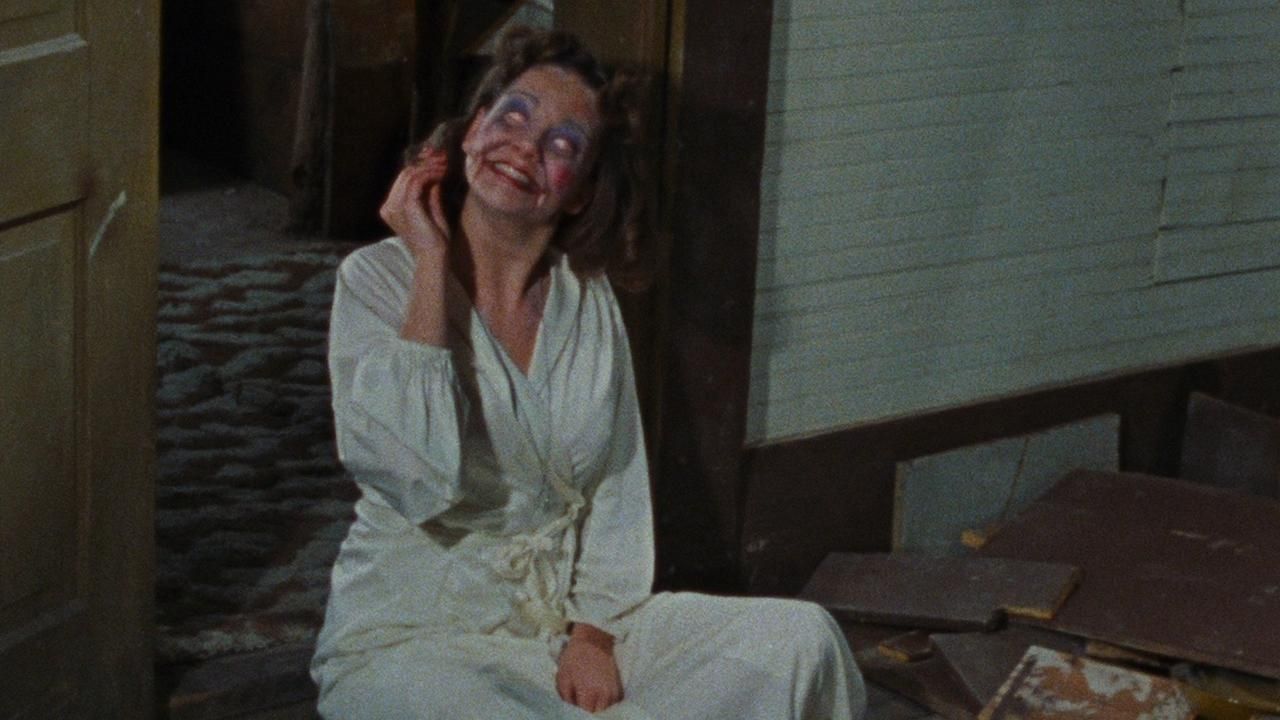
10 Most Frightening Horror Movies From the ’80s
These are the scariest films from a decade of unique originals, enhanced effects, and influential artistry.The script was loosely based on the story of The Herrmann House Haunting. In 1958, the Herrmann family, which consisted of husband and wife, James and Lucille Herrmann, and their two teenage children Lucy and Jimmy, experienced a series of supposed paranormal activities at their Long Island home. It started when, upon hearing popping sounds around the house, Lucille and the children discovered that the bottles of cleaning products and other substances had burst their caps, creating an enormous mess. This was followed by objects flinging themselves across the room and a doll moving of its own accord. Eventually, the family called upon the help of the police, and then the church.
However, while the real-life story of the Herrmann family, and the fictional story of the Freelings share some things in common, it's fair to say that portals in closets and skeleton corpses were complete works of fiction. That doesn't stop Poltergeist from being one of the most spine-chillingly scary ghost films, though.
Jaws
Unless you were watching Shark Week in the early 2010s, or you're just a huge shark buff, you probably would never have guessed that Jaws was based on a series of shark attacks that occurred in New Jersey in the summer of 1916. The attacks were not isolated to one specific spot, but a few along the Jersey Shore coastline. Much like the hesitance in the film, town officials brushed off the attacks and the warnings that heeded. Jersey sea captains along the coast all reported sightings of a large shark but were ignored. One of those most notable attacks took place in Matawan Creek, where two victims suffered fatal injuries from their wounds. Residents were called to action with the promise of a large reward for the capture of the lethal predator. Despite their efforts, no sharks were captured in or near Matawan Creek.
The summer of 1916 would forever be remembered as the summer of "shark panic" and would later be the inspiration for Peter Benchley's novel, Jaws. The novel was a success before it reached publication. Producers approached Benchley and bought the rights before it even had a chance to hit the stands. Not soon after their inquisition, producers would select Steven Spielberg to direct one of the biggest blockbuster hits of all time.
A Nightmare on Elm Street
A man with knives for fingers who revenge-murders teens isn't exactly the premise you'd imagine being inspired by a true story, but a little imagination can go a long way. In an interview with Vulture, Wes Craven revealed that A Nightmare on Elm Street was inspired by an article he read in an LA newspaper. Craven stated, "I’d read an article in the L.A. Times about a family who had escaped the Killing Fields in Cambodia and managed to get to the U.S. Things were fine, and then suddenly the young son was having very disturbing nightmares." He would go on to say that the young boy eventually ended up dying in the middle of the nightmare, but the most interesting fact is that this boy wasn't the only one to succumb to his nightmare.
Craven used these articles to develop the plot of A Nightmare on Elm Street, but Freddy's inspiration was completely internal. As the story goes, Craven delved into his childhood memories to create the figure of Freddy. One night, he had seen an elderly man walking by. The man stopped, looked over at Craven, and then carried on. Thus, Freddy Krueger was born.
The Amityville Horror
The Amityville Horror has received a great deal of scrutiny over the years since its release in 1977. The tale stretches far beyond the hauntings within the house and is engulfed with lawsuits and deception. The film is based on a novel that was written to depict the paranormal occurrences experienced by the Lutz family on 112 Ocean Avenue. Almost a year before the Lutzes moved in, a man murdered his entire family with a shotgun. The house sat empty, and the bank was practically begging for someone to buy it. The sale price was $80,000, which was considered a great bargain at the time for a house of this structure. The Lutzes moved in and, allegedly, shortly after their arrival, things started to get weird. As it is stated several times in the film, the Lutzes poured all of their money into the house and were financially bound, serving as their reason for staying.
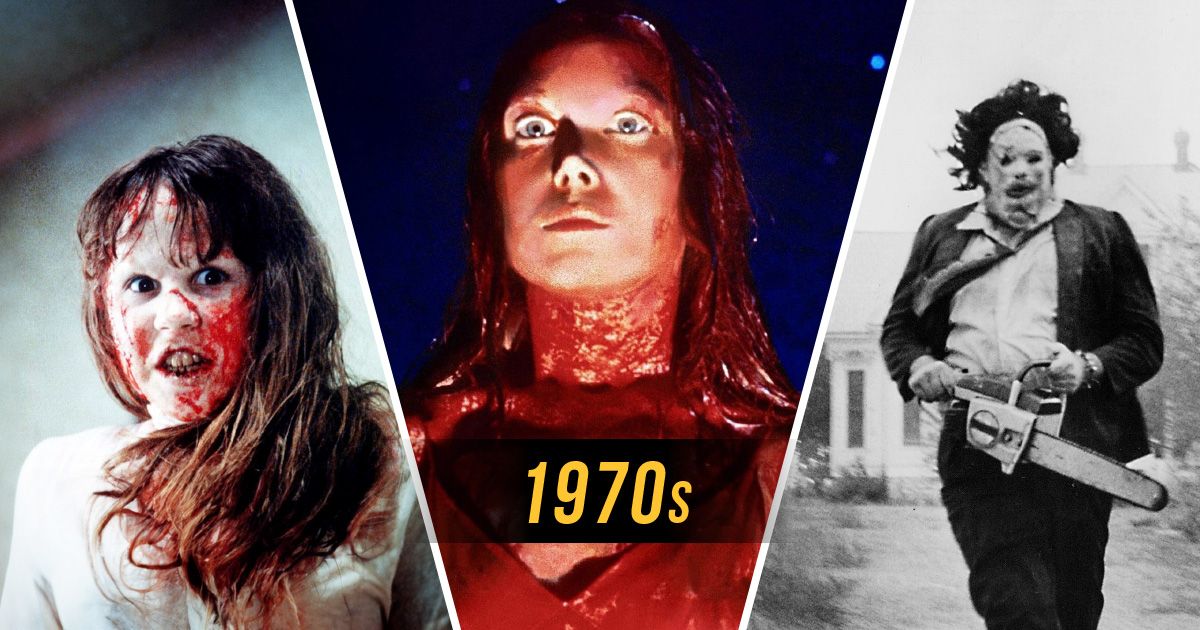
The Best Horror Movie of Every Year in the 70s
The 70s delivered the rise of popular horror subgenres such as Giallos and Slashers, with masterpieces that range from The Exorcist to Halloween.George Lutz had claimed to have woken every night at 3:15 am which happened to be the exact time of the DeFeo murders. He comments that there were odors throughout the house and the walls would even ooze green slime. Whether the Lutzes were telling the truth remains unknown to this day. Their sons and the former murderer, Ron DeFeo, all claim the house's validity. However, in 1979, the Lutz's lawyer came out and commented that the three of them came up with the fantastical tale over many bottles of wine. Fact or fiction, the truth will never be known, but their story does sound like it is pulled straight from The Conjuring universe.
Scream
Scream revitalized the horror genre in 1996. The ultra-meta slasher not only revamped the way directors viewed horror but initiated a much-needed change to a scene that was sequel-central. Films like I Know What You Did Last Summer, and The Faculty were born because of Scream and an idea spawned by Kevin Williamson. One night, Williamson was house-sitting and caught a special about The Gainesville Ripper, who brutally murdered eight people. Five of these victims were college students. Williamson was totally creeped out by the TV special and immediately penned the idea for what would become Wes Craven's Scream.
Danny Rolling, who would later become known as The Gainesville Ripper, didn't need a mask to instill fear. He came from an overtly abusive home. His forte was robbery with sprinkles of murder in between. He first attempted to murder his father, and later that summer would go on to murder five college co-eds after a burglary incident. Much like Ghostface, Rolling liked to pose his victims after brutally mutilating them. Amongst the obscure and obscene, imagination is a vessel with uncapped potential. Real life doesn't imitate horror — horror imitates life.

